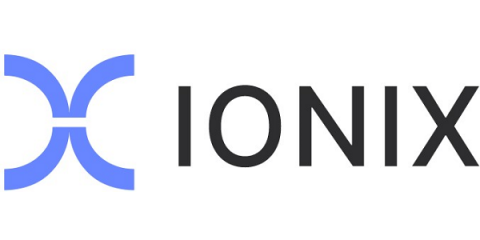Security | Threat Detection | Cyberattacks | DevSecOps | Compliance
Security
7 - How to Configure Zaraz
8 - Advanced
9 - Testing & Debugging
10 - Consent Management & Privacy
11 - Managed Components (MC)
DDoS threat report for 2023 Q1
Welcome to the first DDoS threat report of 2023. DDoS attacks, or distributed denial-of-service attacks, are a type of cyber attack that aim to overwhelm Internet services such as websites with more traffic than they can handle, in order to disrupt them and make them unavailable to legitimate users. In this report, we cover the latest insights and trends about the DDoS attack landscape as we observed across our global network.
Rethink Connected
IONIX Wins Best Attack Surface Management (ASM) Solution in the 2023 Cybersecurity Excellence Awards Program
The Cross-Tenant Power Platform Connectors Vulnerability - Are You Safe Now?
Last week, on March 31st, NetSPI researchers announced that they found a cross-tenant Azure vulnerability in the Microsoft Power Platform connectors infrastructure, which allowed them to then access “at least 1,300 secrets/certificates in 180+ vaults”. In this article, we set out to analyze the root cause behind this vulnerability, explain its impact, and provide our own recommendations for Power Platform users and administrators.











